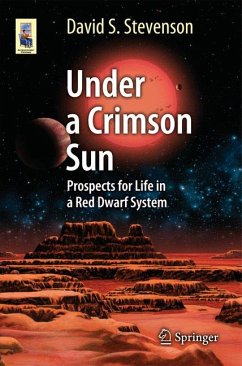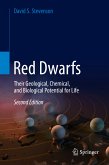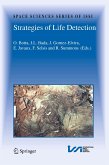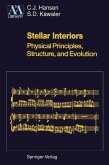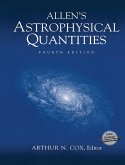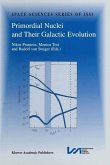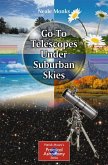Under a Crimson Sun looks at the nature of red dwarf systems such as Gliese as potential homes for life.
Realistically, what are prospects for life on these distant worlds? Could life evolve and survive there? How do these planetary surfaces and geology evolve? How would life on a red dwarf planet differ from life on Earth? And what are the implications for finding further habitable worlds in our galaxy?
Stevenson provides readers with insight into the habitability of planets and how this changes as time progresses and the central star evolves. Explore with him in this engaging, fascinating book the possibilities for finding life, from bacteria to more complex andeven intelligent organisms, on red dwarf system planets.
Dieser Download kann aus rechtlichen Gründen nur mit Rechnungsadresse in A, B, BG, CY, CZ, D, DK, EW, E, FIN, F, GR, HR, H, IRL, I, LT, L, LR, M, NL, PL, P, R, S, SLO, SK ausgeliefert werden.

